From now until 2028, the French Development Agency will support 42 million euros to implement measures to prevent coastal erosion in Hoi An city, Quang Nam province.
On the afternoon of March 15, the Ministry of Finance and the European Union (EU) signed a credit agreement for the Hoi An Coastal Erosion Prevention and Sustainable Protection Project. Of the 42 million euros, 35 million euros is a loan from the French Development Agency (AFD), 2 million euros comes from non-refundable aid from the EU, and the locality contributes 5 million euros.
The project will be implemented over four years along a 5km stretch of coastline from Cua Dai Bay to Victoria Resort. The aim is to restore the coastline to support the tourism industry and its associated services, creating more jobs for local people.
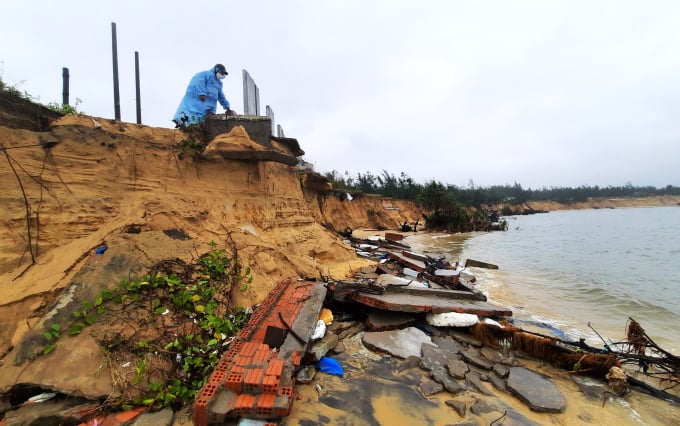
Coastal erosion in Quang Nam, 2022. Photo: Dac Thanh
The two selected solutions are to build 7 groynes and 7 breakwaters, along with soft, environmentally friendly solutions such as sand dumping to nourish the beach to address the local imbalance and improve the natural sand transport flow.
The project will apply an integrated coastal zone management strategy (including coastal plains, lowlands, estuaries, sand dunes...), monitoring coastline evolution with a sustainable approach for 80 km of coastline from Son Tra, Da Nang City to Tam Hai, Quang Nam Province.
Mr. Oliver Brochet, French Ambassador to Vietnam, said that the French government, through AFD, wishes to support Vietnam in implementing its priority goals on climate change. He hopes that the project will help strengthen the infrastructure system, thereby solving the problems of flooding and landslides, ensuring economic development and improving living conditions for local people.
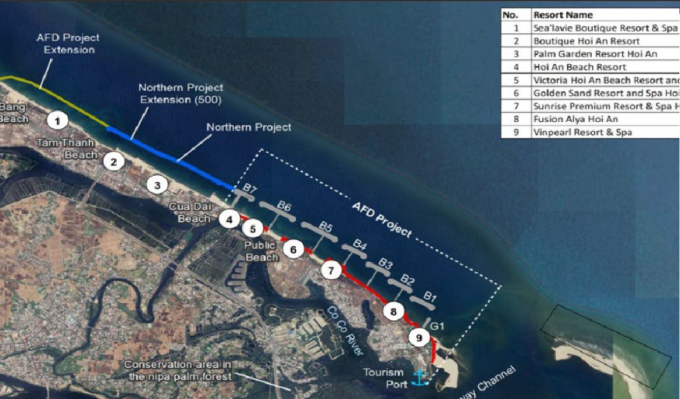
Construction site of welding groyne and breakwater. Photo: Provided by AFD
Hoi An's coastline is 7.5 km long with many beaches such as Cua Dai, Thinh My, An Bang. Of these, Cua Dai is one of the 25 most beautiful beaches in Asia, but since 2000 it has been continuously eroded, with some areas going 100 m inland.
From 2010 to 2015, Quang Nam invested in building an 850-meter-long reinforced concrete embankment; a 415-meter-long soft embankment made of geotextile bags; and a more than one-kilometer-long soft embankment made of geotube bags with an investment capital of more than VND140 billion. However, these three projects were ineffective, and the coastline continued to erode.
In June 2020, the province built 220 m of underground dike half a meter below sea level, running parallel to the shore 250 m, with an investment capital of 40 billion VND. The underground dike is 4.5 m high on average, 12 m wide at the base, and 1.5 m wide at the top, but there is no capital to continue.
Quang Nam then carried out two projects to build underground dykes over 2 km long and pumped 600 m3 of sand into them, with an investment of 510 billion VND. Up to now, Cua Dai beach has gradually revived, but from Cua Dai north to An Bang beach, more than 1 km long, it continues to erode.
In addition to the above project, in the next 4 years, AFD will also implement the Central Coastal Urban Development Project towards green growth and climate change response in Dong Ha City (Quang Tri). Project cost over 43 million euros, of which nearly 34 million euros are loans and 1.5 million euros are non-refundable aid.
Source link


![[Photo] Phuc Tho mulberry season – Sweet fruit from green agriculture](https://vstatic.vietnam.vn/vietnam/resource/IMAGE/2025/4/10/1710a51d63c84a5a92de1b9b4caaf3e5)
![[Photo] Prime Minister Pham Minh Chinh chairs meeting to discuss tax solutions for Vietnam's import and export goods](https://vstatic.vietnam.vn/vietnam/resource/IMAGE/2025/4/10/19b9ed81ca2940b79fb8a0b9ccef539a)
![[Photo] Unique folk games at Chuong Village Festival](https://vstatic.vietnam.vn/vietnam/resource/IMAGE/2025/4/10/cff805a06fdd443b9474c017f98075a4)









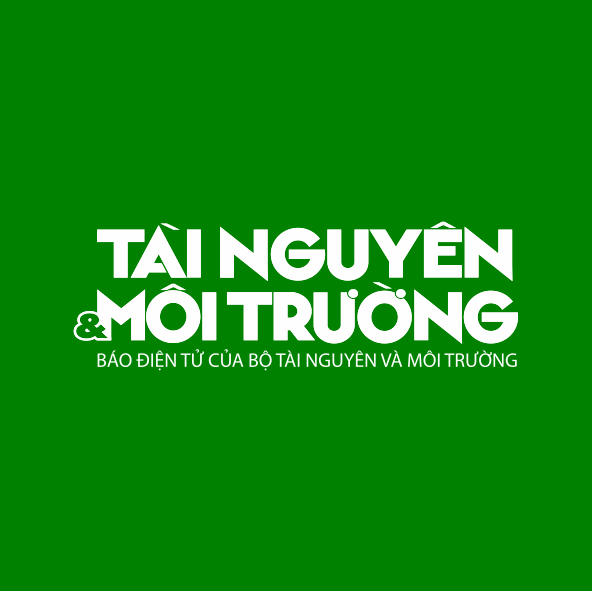




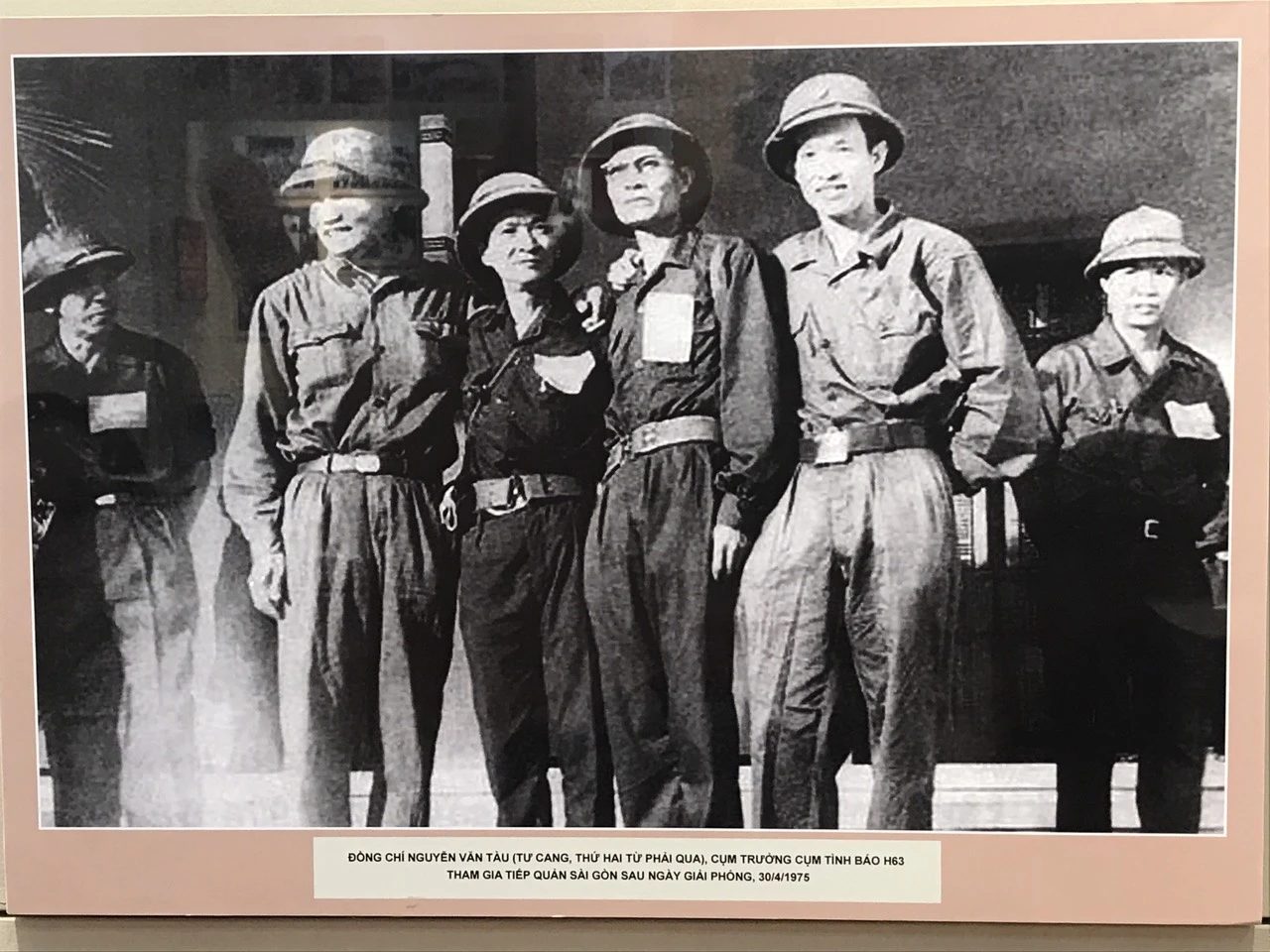




























































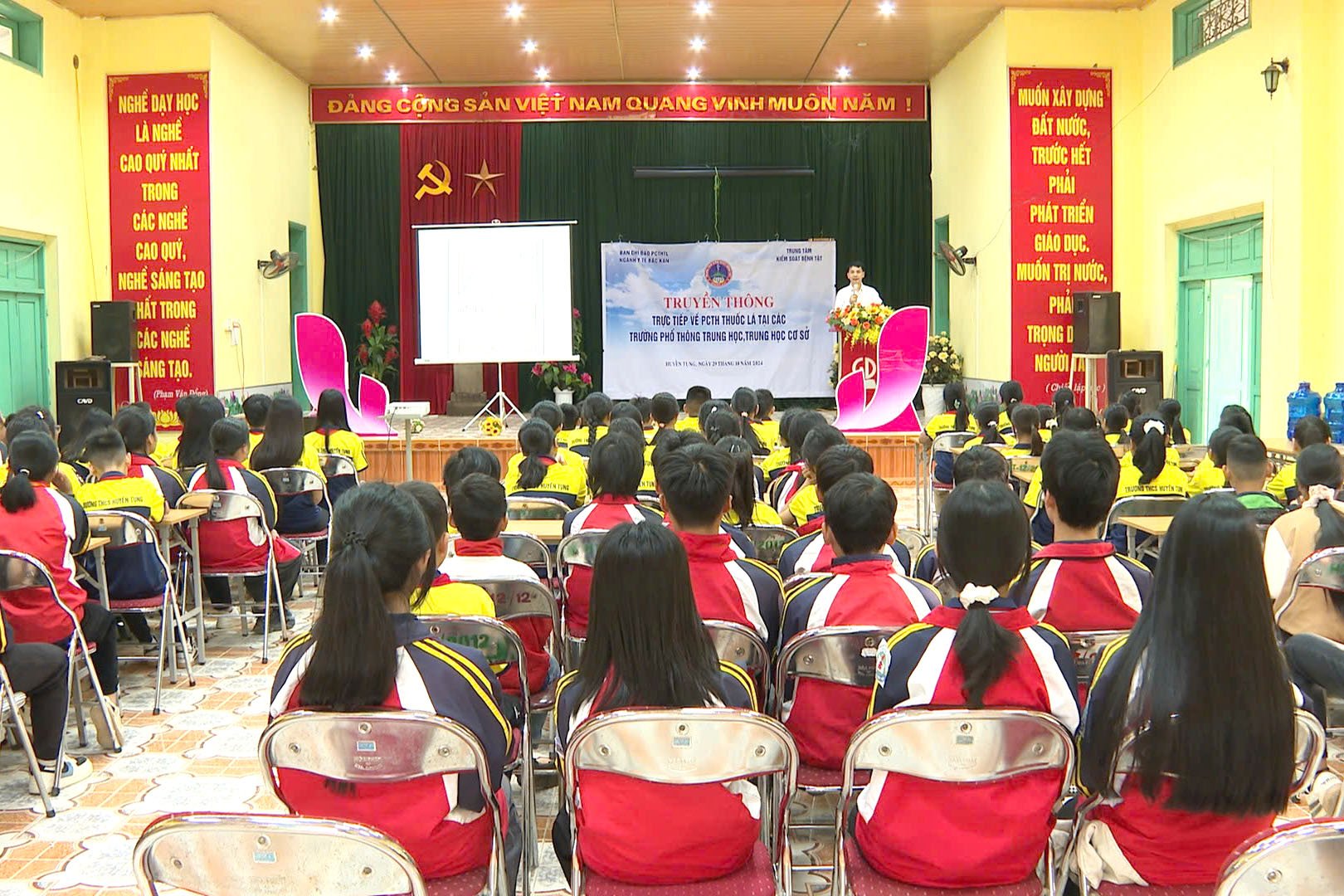


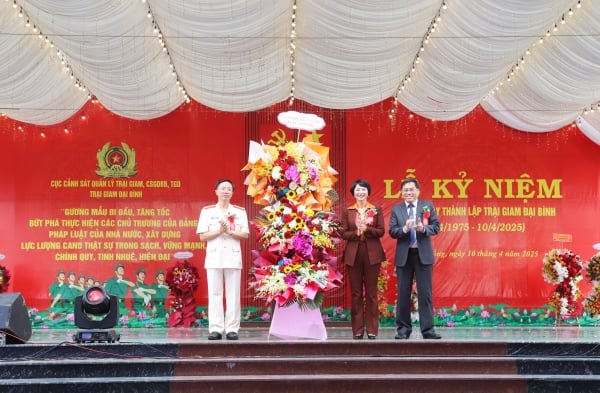








Comment (0)